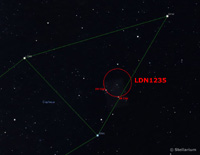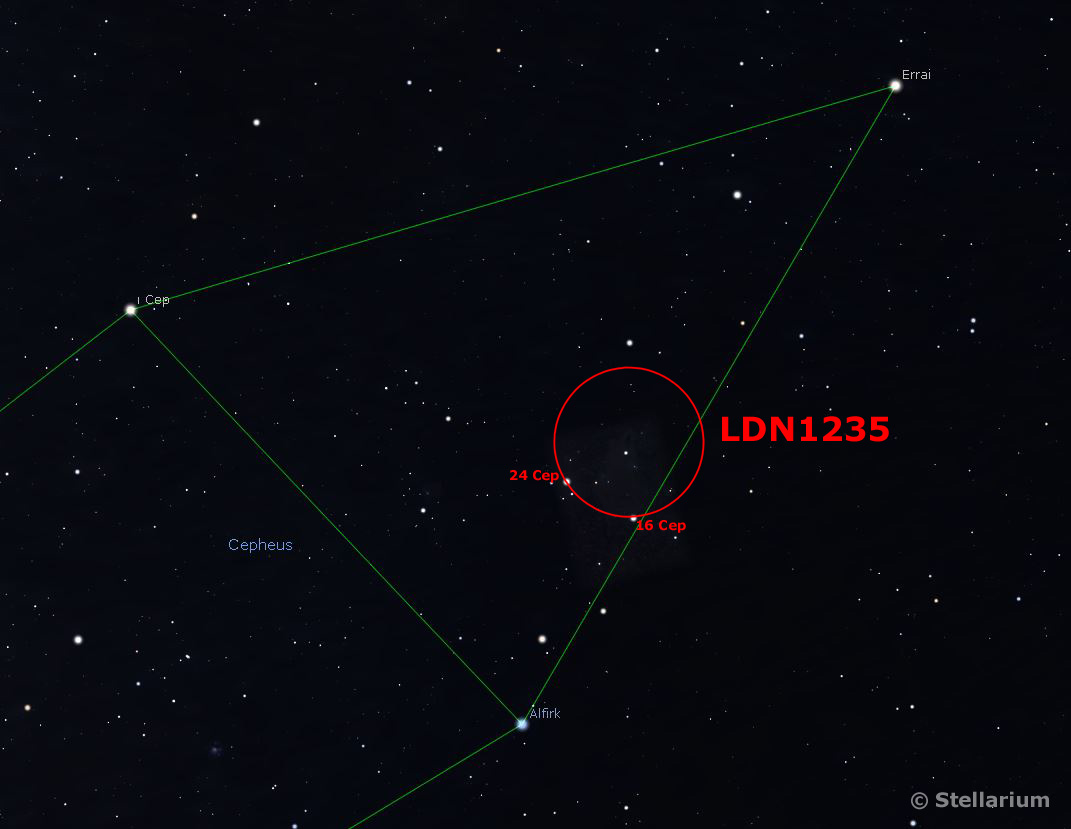The apparent magnitude of a star is a measure of how bright it appears from Earth. The scale was introduced over 2,000 years ago by the Greek astronomer Hipparchus, who grouped stars into six categories. The brightest 20 or so were deemed to be 'first magnitude', slightly dimmer stars 'second magnitude', and so on until the barely visible stars were classed as 'sixth magnitude'.
Later it was recognised that our eyesight, once it has been given time to get used to darkness, has a logarithmic response. i.e. a Mag. 1 star is actually 2.512 times brighter than a Mag. 2 star, or 6.310 times brighter than a Mag. 3 star (2.512 x 2.512 = 6.310).
The six Magnitudes thus corresponds to a 2.5126 difference in brightness or 100x.
Today the scale has now been extended, so that brighter objects can have an apparent magnitude of 0 or even negative. The brightest star Sirius, for example, has an apparent magnitude of -1.44 and the Sun is a whopping -26.74, due to it's close proximity to Earth.







